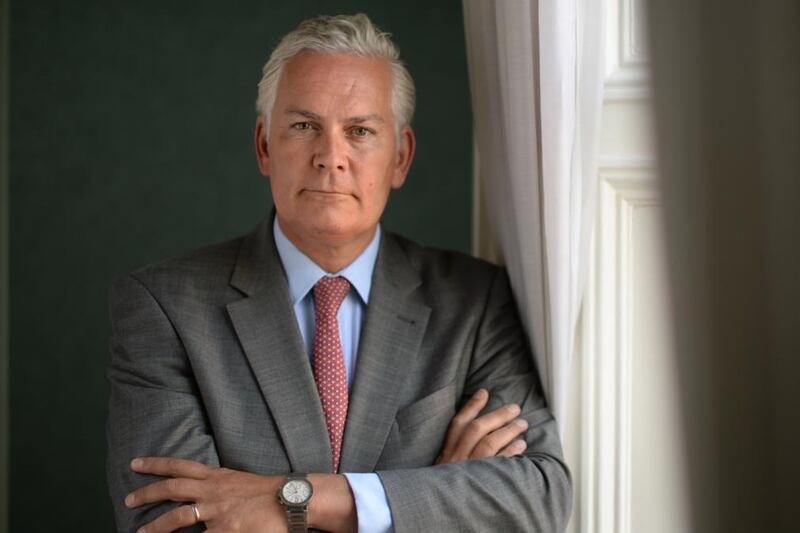Little Barford is a peaceful, picturesque village in rural Bedfordshire, made up of a few farms, fields, thatched cottages and St Denys, an historic Norman church hidden away in a meadow.
Few outside the county had heard of it until recently, but now it’s at the centre of an urgent inquiry into what caused Britain’s worst blackout in more than a decade.
Or rather, it’s the gas-fired power station close by, which takes its name from the village, that’s now being investigated by both the government and the energy regulator as they try to determine just what went wrong on August 9th, when more than a million UK homes and businesses were left without power.
Energy regulator Ofgem on Tuesday published its interim report into the outage, revealing that a lightning strike on a transmission circuit just a couple of miles from Little Barford was at least partly responsible for the power loss.
Up until 4.52pm on Friday August 9th, Britain’s electricity system had been operating as normal; demand was running as expected, with around a third coming from wind power, a third from gas, 20 per cent from nuclear and 10 per cent from interconnectors.
Lightning strikes are extremely common – the electricity grid had already been hit by several that day – but they rarely do much harm. This time, however, and immediately after the strike, the Little Barford station reduced its energy supply to the grid. At almost exactly the same time, more than 100 miles away off the Yorkshire coast, the Hornsea offshore wind farm also cut its power.
Instant and dramatic
The impact was instant – and dramatic. More than a million electricity customers throughout England and Wales were left without power, including a hospital in Ipswich and Newcastle airport. Traffic lights failed and in some areas mobile phone services and internet connections went down, as communication masts lost power.
But the worst of the chaos was suffered by the rail networks. Just as the evening rush hour was getting under way, tube passengers found themselves plunged into darkness and many overground services ground to a halt.
Although the blackout lasted only between 15 and 50 minutes, the impact on some lines ran well into the evening, with knock-on effects the following day. Some passengers had to be escorted from trains along the tracks and a significant number of trains failed to restart even after full power was restored to overhead lines.
It is required by law to have sufficient rapid response back-up supplies to ride out such problems
National Grid, which is responsible for keeping Britain’s lights on, stressed that this was an “extremely rare and unexpected” event, and one that was outside its control.
While it is true that there’s little it could have done about a lightning strike, it is required by law to have sufficient rapid response back-up supplies to ride out such problems.
As the back-up supplies turned out to be insufficient, customers served by 5 per cent of the network automatically lost their supply, as the system moved to protect power to the remaining 95 per cent of the grid.
Licence conditions
It’s that, rather than the lightning strike, that the government and Ofgem investigations will focus on. They will be seeking to establish whether National Grid, or any of the other companies involved, breached their licence conditions, from the amount of back-up power held to whether the right decisions were made at the right time.
As well as National Grid, Ofgem will look at the German-owned RWE Generation, which runs the Little Barford power station, and Orsted, which operates the Hornsea wind farm.
There were initial fears that the energy network might have become the target of hackers or cyber-terrorists
The rail companies will also have to explain themselves. The Thameslink service, which runs from Bedford and Cambridge to Brighton and Rainham in Kent via central London, was particularly hard hit. Even after power was restored, many of its trains could not be restarted by drivers, which meant that engineers had to be called out, further prolonging the agony for passengers stuck on board.
Ofgem said it will be seeking to establish what lessons can be drawn to improve the resilience of the energy network. If it does find there were failures, it has the power to levy hefty fines.
When the blackout first hit, there were initial fears that the energy network might have become the target of hackers or cyber-terrorists. Thankfully that was not the case – but the mayhem that resulted when just a small part of the grid was hit has served to highlight the vulnerability of Britain’s power supply.
With so much chaos caused by a simple bolt of lightning, one can only imagine the damage that could be done by a far larger, and malicious, attack.














